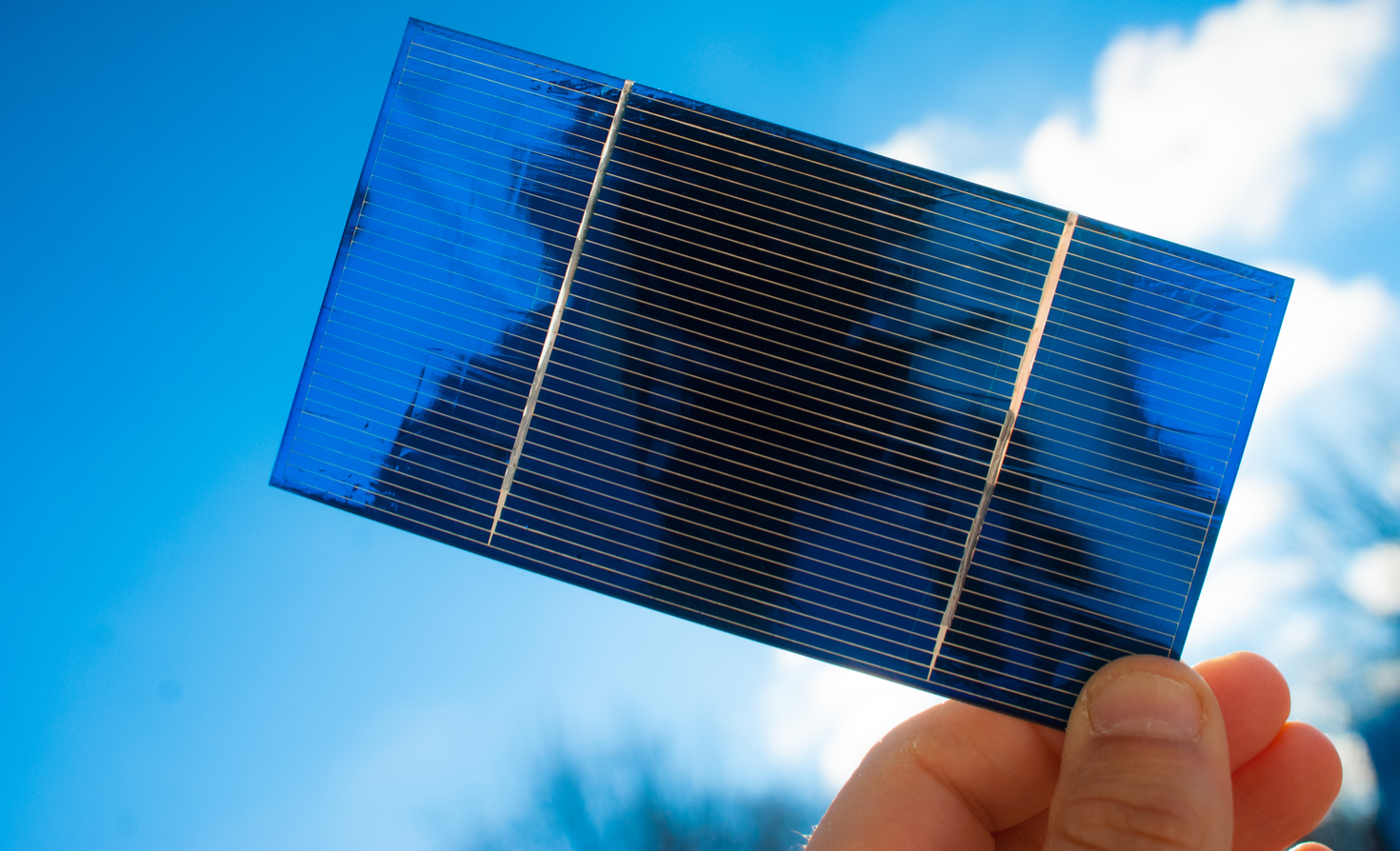Queensland-based research efforts to cut the cost of flexible perovskite solar cell production using lower cost, more abundant alternatives and more efficient manufacturing methods have won federal government funding, as part of Australia’s renewed pursuit of ultra low-cost solar.
The research and development collaboration is made up of Western Australian graphene supplier First Graphene and Halocell Energy, headquartered out of Wagga Wagga and Italy, as well as Queensland University of Technology (QUT).
Together, the three groups were awarded just over $2 million by Australian government through its Cooperative Research Centres Project (CRC-P) funding stream, which will support the R&D project over the next three years.
At the core of the joint effort is a bid to commercialise ultra low-cost and flexible perovskite solar cell fabrication techniques using Halocell’s roll-to-roll (R2R) production process at its Wagga Wagga plant.
Such scalable fabrication would help meet an anticipated 31% compound annual growth rate in the perovskite solar cell market, according to First Graphene, a market which is estimated to be valued at $US7.38 billion by the end of this decade.
“Thin Film Solar technology is the future of ultra low-cost manufacturing in Australia, as recognised by federal government’s critical technologies list,” said Paul Moonie, CEO of Halocell Energry.
“Working with QUT and First Graphene for this project is an exemplar of our real-world approach. QUT as the university for the real world and First Graphene as the reliable producer of graphene based materials with high end performance characteristics.”
Also among the priorities for the project is First Graphene’s development of cost-effective graphene-based electrode replacements for high-cost conductor materials used in cell production such as gold and silver.
According to First Graphene, solar cells made with alternative carbon-based materials have been found to outperform conventional silicon cells in low and artificial light conditions, such as indoor environments.
Halocell Energy is amongst those who have proved the potential of carbon-based materials, having used graphene for electrode materials in its perovskite cells and increased efficiency by up to 38% and reduced production cost by over 83%.
First Graphene will therefore be focusing during this R&D project on the research, development, and provision of graphene formulations to produce the material ink used in perovskite solar cell manufacturing.
“Graphene’s unique properties as a carbon-based replacement in conductive environments means it is increasingly considered for use in energy storage and transfer applications,” said Michael Bell, managing director and CEO of First Graphene.
“Our collaboration with Halocell Energy and QUT will help develop new materials and processing technology for high performance perovskite solar cells, opening the door for high-tech commercial materials and manufacturing of cell components in Australia.
“Validation of these graphene-based materials will help build a strong business case for full-scale commercial production of both perovskite cells and the materials needed to make them in large volumes.”

